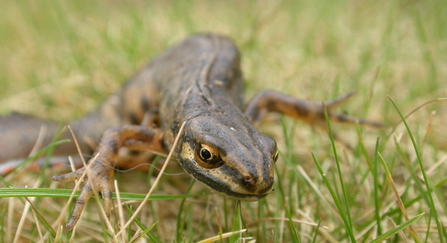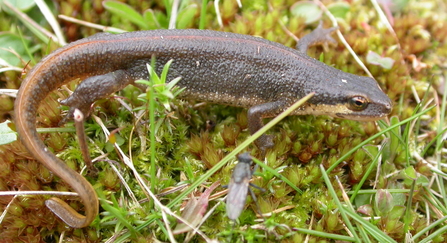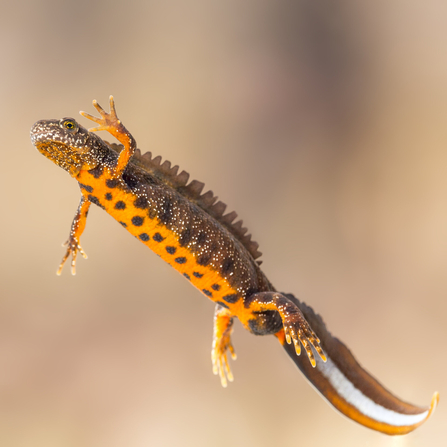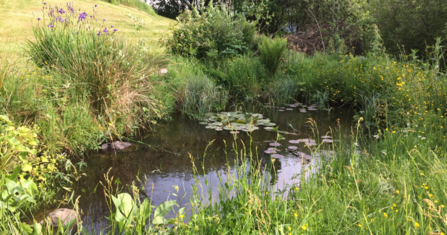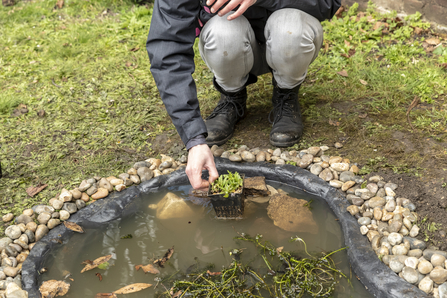Newts are curious amphibians with four legs, long, streamlined bodies and lidded eyes. They often have remarkable crests and unique markings which make them interesting creatures to spot and study. All three native newt species in the UK can be found in Hertfordshire and early spring is a great time to find them in their breeding grounds.
The three species of newt – Smooth Newt, Palmate Newt and Great Crested Newt – each have their own set of identifying factors. Read on to discover more.


